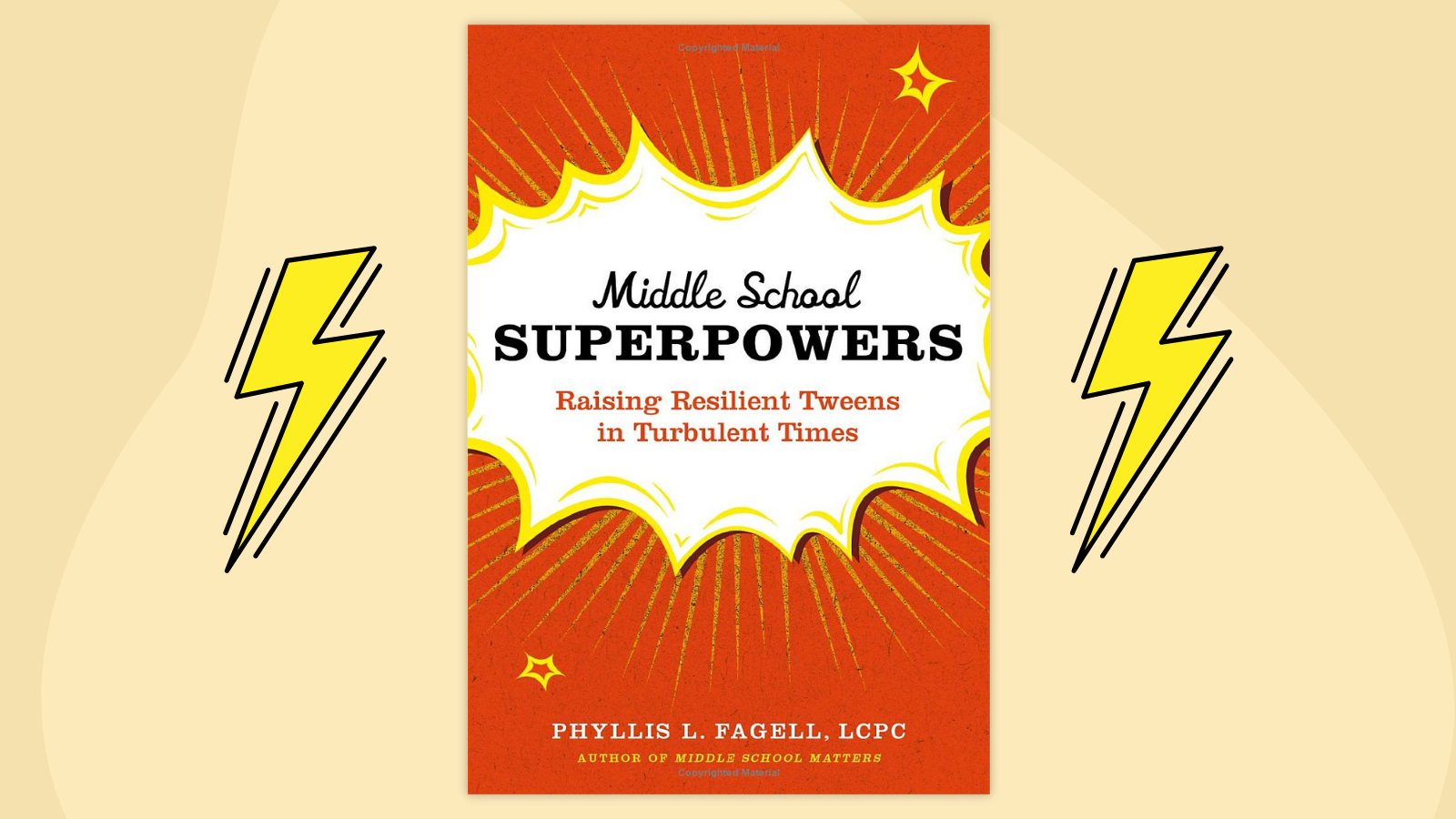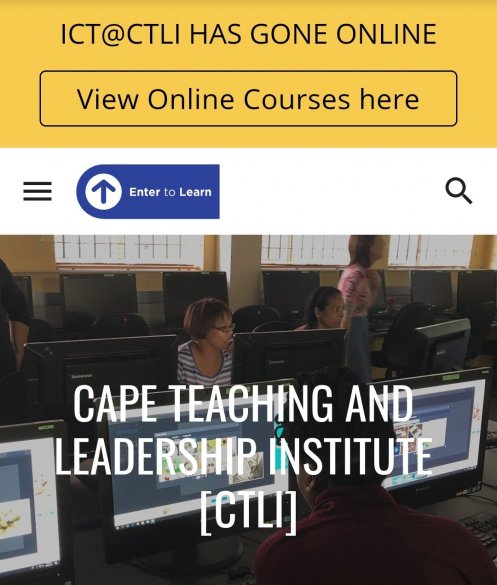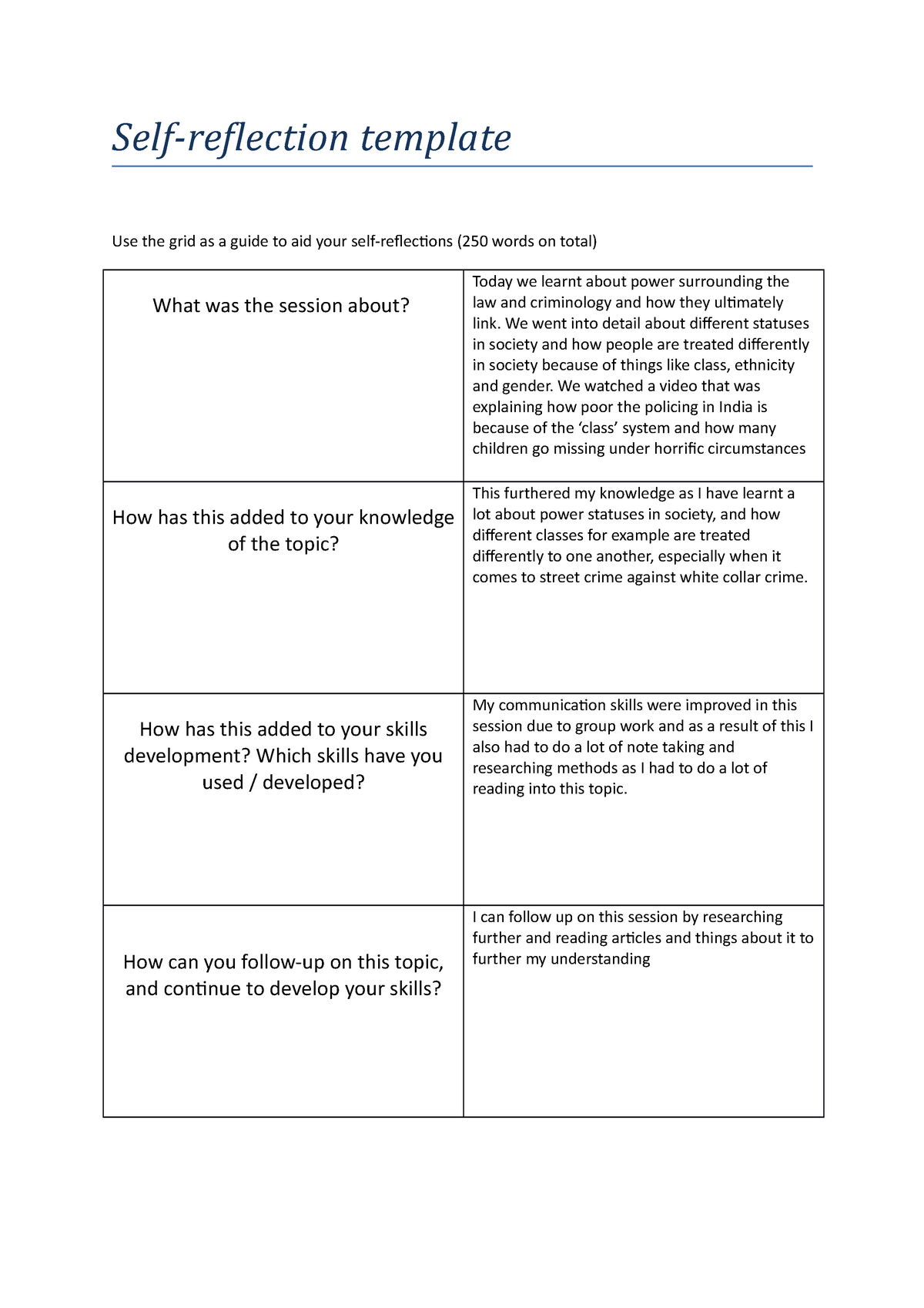Unlock Your Teaching Superpowers: The Lesson Reflection Template Teachers Are Raving About
Meta Title: Lesson Reflection Template: Boost Your Teaching Skills
Meta Description: Discover the power of lesson reflection! This guide explores a popular template to help teachers analyze, improve, and ultimately, unlock their teaching superpowers.
Teaching is a dynamic profession. It demands constant adaptation, critical thinking, and a genuine desire to improve. While planning lessons and managing classrooms are crucial, the real magic happens after the lesson concludes: through reflection. But how do you reflect effectively? The answer lies in structured lesson reflection, and a popular template is helping teachers worldwide unlock their teaching superpowers.
The Power of Reflection: Why It Matters for Teachers
Effective teaching isn’t about delivering a perfect lesson every time; it’s about continuous growth. Reflection is the cornerstone of this growth. It allows you to analyze what worked, what didn’t, and why. It provides a framework for understanding your impact on students and refining your approach. Think of it as a personal professional development tool, readily available after every lesson.
Why Reflect?
- Identify Strengths: Recognize what you do well and build on those successes.
- Pinpoint Areas for Improvement: Uncover weaknesses and develop strategies to address them.
- Enhance Student Learning: By constantly refining your methods, you create a more effective learning environment.
- Reduce Teacher Burnout: Understanding your challenges can help you manage them and feel more in control.
- Promote Professional Growth: Reflection fosters a growth mindset and a commitment to lifelong learning.
[Internal Link Suggestion: Link to a section within the article discussing specific reflection areas.]
The Anatomy of a Powerful Lesson Reflection Template
Many teachers find that a structured template makes the reflection process more manageable and productive. The best templates are simple, focused, and encourage deep thinking. Here’s a breakdown of key components found in the most effective lesson reflection templates:
1. Pre-Lesson Context: Setting the Stage
Before diving into the specifics of the lesson, it’s helpful to provide context. This section typically includes:
- Date and Subject: Basic information for organization.
- Grade Level: Important for understanding the developmental stage of students.
- Learning Objectives: Reminding yourself of the intended outcomes.
- Lesson Overview: A brief summary of what the lesson entailed.
2. The “What” of the Lesson: Describing the Experience
This is where you detail what actually happened during the lesson. Consider these prompts:
- What activities were implemented? Briefly describe the different activities.
- What materials were used? A quick inventory of resources.
- How did the lesson flow? Was the timing as planned? Did it feel engaging?
3. The “So What?”: Analyzing Student Engagement and Learning
This section delves into the heart of the reflection. Focus on student learning and participation.
- Student Engagement: Were students actively involved? How did you assess engagement (e.g., participation, body language, completed work)?
- Evidence of Learning: What evidence did you observe that students understood the concepts? (e.g., quiz results, observations, class discussions).
- Areas Where Students Struggled: Identify specific concepts or activities that presented challenges.
- Differentiation: How did you cater to diverse learners? Were modifications effective?
4. The “Now What?”: Planning for Improvement
This is the action-oriented part of the reflection. Based on your analysis, what will you do differently next time?
- What went well? What will you continue to do in future lessons?
- What could be improved? Identify specific areas for change.
- Actionable Steps: Outline concrete steps you will take to address the areas for improvement. This might include modifying activities, adjusting pacing, or incorporating new strategies.
- Resources Needed: Do you need additional materials or support?
[External Link Suggestion: Link to a reputable educational resource like the ASCD or the National Education Association (NEA) for further professional development.]
Putting the Template into Practice: Real-World Examples
Let’s look at a hypothetical example using a simplified template.
Subject: Math
Grade Level: 3rd Grade
Lesson Objective: Students will be able to solve two-digit addition problems with regrouping.
Lesson Overview: The lesson involved a brief review, a modeling activity, and independent practice using worksheets.
Reflection:
- Student Engagement: The review was engaging. The modeling activity was well-received, but some students struggled with the independent practice.
- Evidence of Learning: Most students grasped the concept of regrouping during the modeling activity, but the worksheet revealed that a few students needed further support.
- Areas Where Students Struggled: Some students struggled with the concept of “borrowing” and place value.
- Actionable Steps: I will provide more hands-on activities and small group instruction to address the specific needs of the struggling students. I will also incorporate visual aids for place value.
This simple example demonstrates how a template can guide your thinking and lead to actionable changes.
Overcoming Common Challenges in Lesson Reflection
While the benefits of lesson reflection are clear, some teachers face challenges. Here are some common hurdles and how to overcome them:
- Time Constraints: Dedicate even a few minutes after each lesson. Start small and gradually increase the time. Reflecting on key moments is often more effective than a lengthy, unfocused reflection.
- Feeling Overwhelmed: Break down the reflection process into smaller, manageable chunks. Focus on one or two key areas for improvement.
- Objectivity: Be honest with yourself. Don’t be afraid to acknowledge weaknesses. Focus on learning from your mistakes.
- Lack of Support: Collaborate with colleagues. Share your reflections and learn from each other. Consider forming a professional learning community (PLC).
[Internal Link Suggestion: Link to a section within the article discussing tips for creating a PLC.]
Conclusion: Embrace Reflection, Transform Your Teaching
The lesson reflection template isn’t just a tool; it’s a catalyst for growth. By regularly engaging in structured reflection, you can gain valuable insights, refine your practice, and create a more engaging and effective learning environment for your students. Embrace the power of reflection, and watch your teaching superpowers truly emerge. Remember that continuous improvement is a journey, not a destination. The more you reflect, the better you become.




